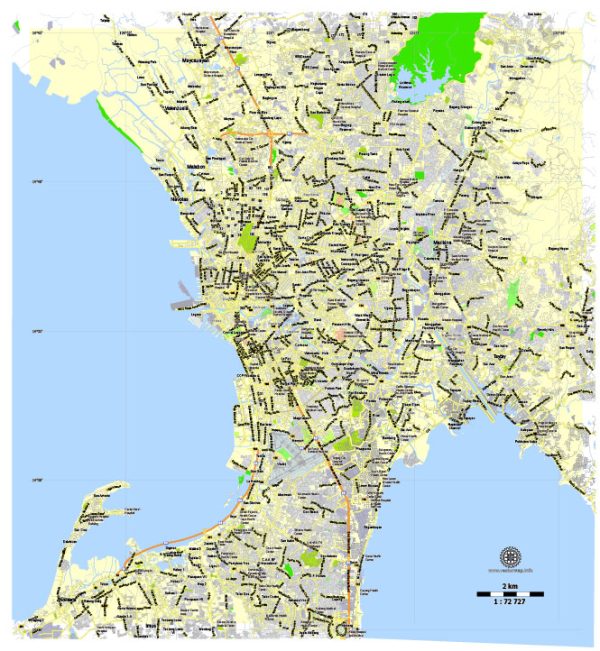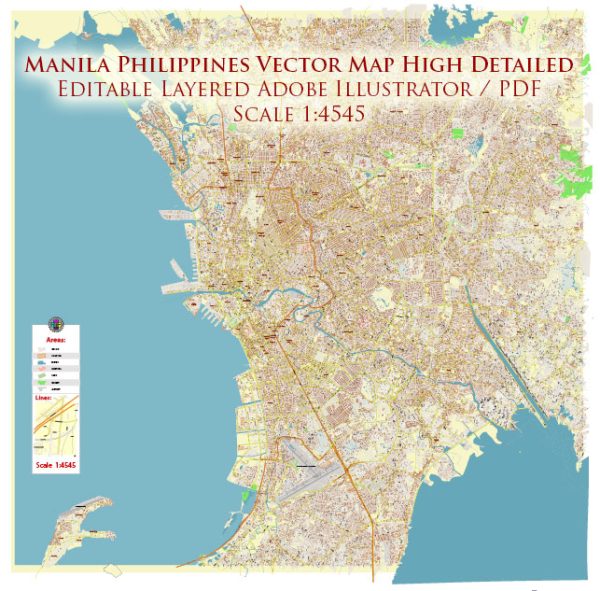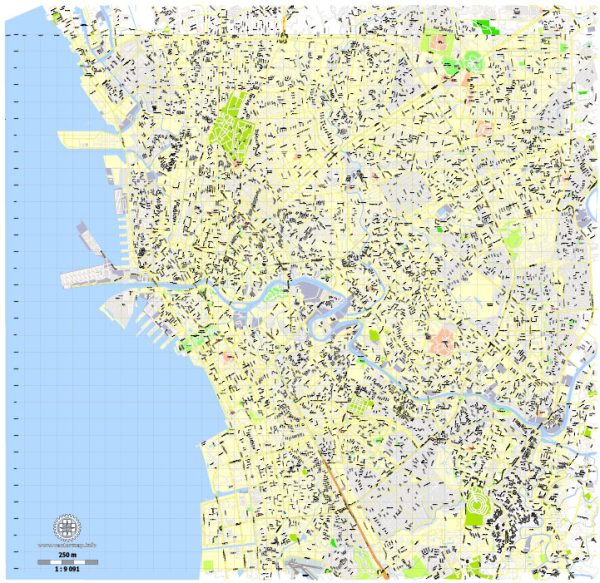Manila, the capital city of the Philippines, has a rich history of urban development that spans centuries. The city has undergone significant transformations influenced by various historical events, foreign occupations, and economic changes. Here is an overview of Manila’s history of urban development:
- Pre-Spanish Era:
- Before the arrival of the Spanish colonizers in the 16th century, Manila was a thriving settlement inhabited by the Tagalog people.
- The settlement was a center of trade and commerce due to its strategic location along the Pasig River and Manila Bay.
- Spanish Colonial Period (1565-1898):
- The Spanish explorer Miguel López de Legazpi established the city of Manila in 1571, making it the capital of the Spanish East Indies.
- Intramuros, a walled city, was constructed to protect the Spanish colonial government from external threats.
- The city became a hub for trade between Asia and the Americas through the Manila-Acapulco Galleon Trade.
- Spanish architectural influences are still evident in some parts of Intramuros.
- American Period (1898-1946):
- The United States took control of the Philippines from Spain after the Spanish-American War.
- During this period, Manila was redesigned to accommodate the needs of the American colonial government.
- Infrastructure projects were initiated, including the development of roads, bridges, and the establishment of the University of the Philippines.
- Japanese Occupation (1942-1945):
- Manila suffered extensive damage during World War II, especially during the Battle of Manila in 1945, when the city was heavily bombed and subjected to intense urban warfare.
- Post-War Reconstruction:
- After World War II, Manila underwent reconstruction efforts to rebuild the city. Many buildings and infrastructure projects were constructed with the help of international aid.
- The post-war period saw the rise of new commercial and residential areas outside the walled city of Intramuros.
- Post-Independence Era (1946 onwards):
- The Philippines gained independence in 1946, and Manila continued to grow as an economic and political center.
- Urbanization led to the expansion of the city beyond its historical boundaries, with new districts emerging to accommodate the growing population.
- The 1970s and 1980s saw rapid industrialization and urban development, but this also led to issues such as traffic congestion and pollution.
- Contemporary Urban Challenges:
- Manila faces contemporary challenges such as overpopulation, traffic congestion, informal settlements, and environmental concerns.
- Urban planning initiatives are ongoing to address these challenges, with a focus on sustainable development and infrastructure improvement.
Throughout its history, Manila’s urban development has been shaped by a complex interplay of cultural, economic, and political forces. The city continues to evolve, striving to balance its historical heritage with the demands of a rapidly growing population and modern urban living.




 Author: Kirill Shrayber, Ph.D.
Author: Kirill Shrayber, Ph.D.